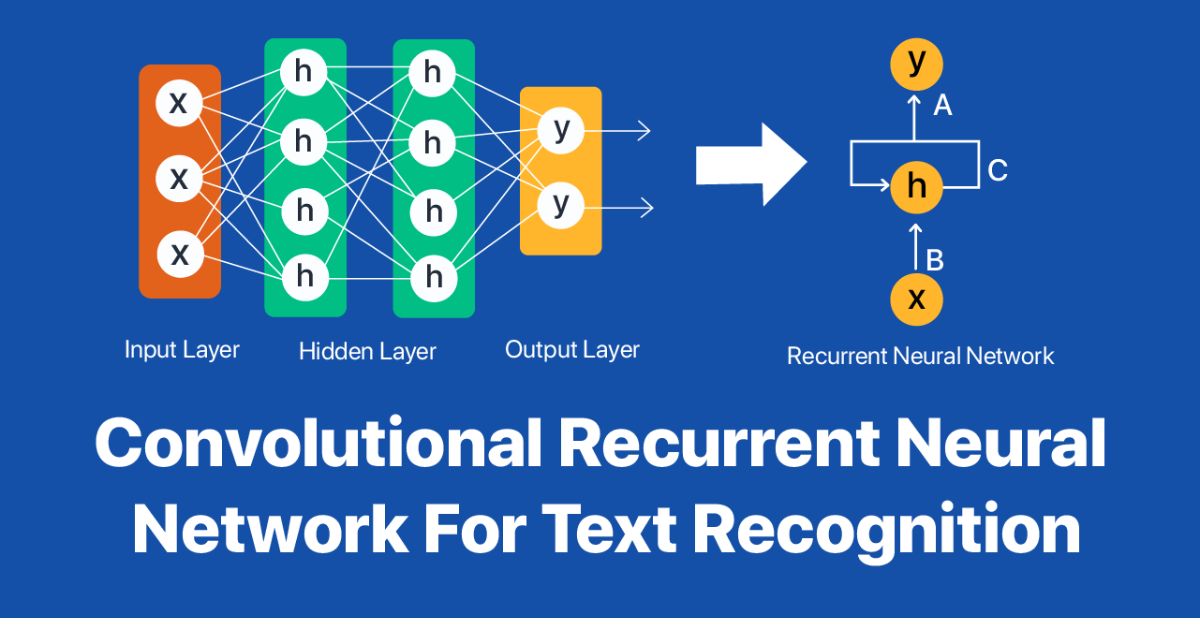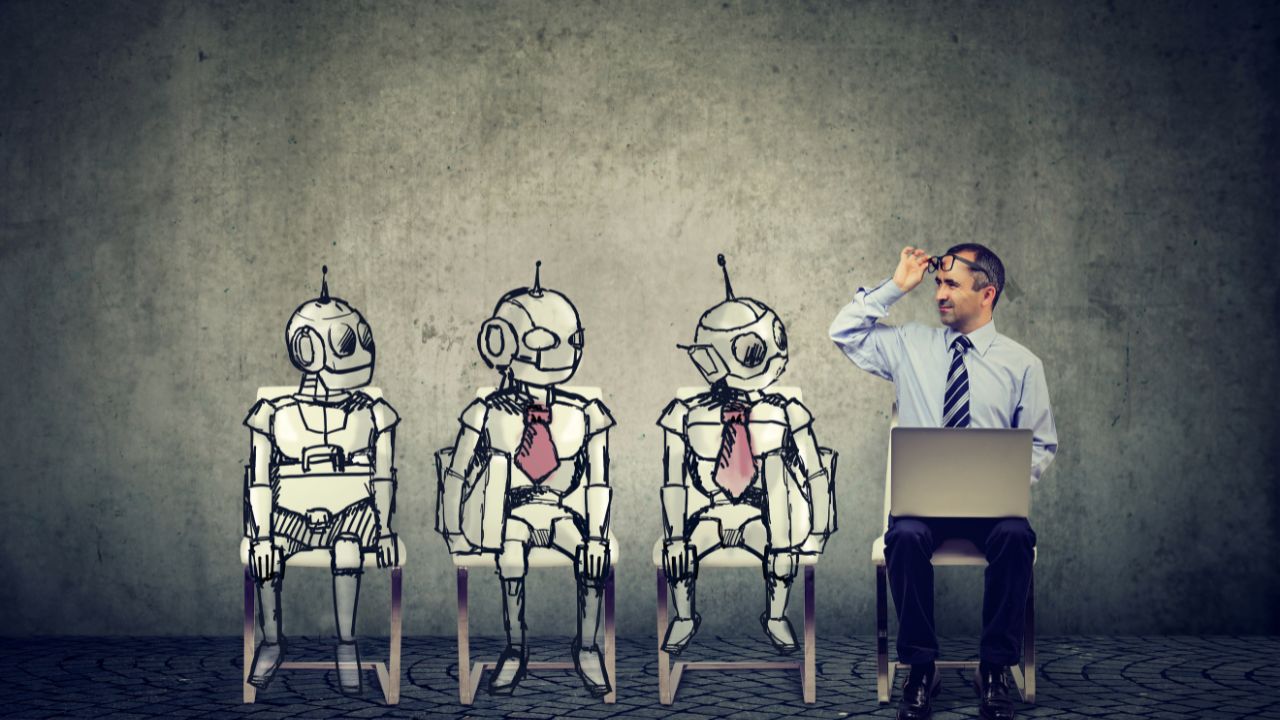How Generative AI Is Enhancing Image Conversion Accuracy
October 24, 2025 · 4 min read • #Generative AI#OCR#image-to-text#computer vision#AI accuracy#machine learning
In 2025, Generative AI isn’t just creating images — it’s understanding them.
From reconstructing blurry text to intelligently compressing files, AI-driven image conversion has reached new levels of precision and efficiency.
🌐 The Evolution of Image Conversion
Traditional image-to-text and compression methods relied on static algorithms that often failed with low-quality inputs.
But now, Generative AI has changed the game — blending computer vision, deep learning, and neural rendering to produce more accurate, context-aware image conversions.
This shift affects nearly every application:
- Optical Character Recognition (OCR)
- Image compression
- File format conversion
- Image enhancement and restoration
Related: How AI Reads Text from Images: Inside the OCR Revolution
🧠 How Generative AI Enhances Accuracy
Generative AI models don’t just detect pixels — they predict them.
By learning how real-world images behave, these models reconstruct missing details, reduce noise, and enhance the fidelity of converted files.
Let’s explore how.
1. Filling in Missing Visual Data
Low-resolution scans and damaged images often have gaps or missing pixels.
Generative AI uses inpainting — predicting what’s supposed to be there — to fill in details that traditional methods miss.
For example:
- OCR on smudged documents
- Text restoration on historical scans
- Sharpening blurry images before conversion
This enables readable and editable text, even from degraded images.
Related: From Scanned Docs to Editable Text: The Power of OCR Technology
2. Noise Reduction and Clarity Restoration
Generative models like GANs (Generative Adversarial Networks) and Diffusion Models can distinguish real features from noise.
They refine text edges, enhance color gradients, and improve readability — all without manual editing.
This leads to:
- Clearer text for OCR
- Higher fidelity for compressed files
- More accurate image-to-text conversions
Related: Extracting Text from Images Made Easy with Artificial Intelligence
3. Adaptive Context Understanding
Unlike rule-based OCR systems, Generative AI understands context.
If a handwritten “5” looks like an “S,” the AI uses sentence-level analysis to decide which one fits logically.
Example:
“Invoice total: 25.00” vs “Invoice total: 2S.00”
This semantic reasoning dramatically improves text extraction accuracy in invoices, forms, and scanned business documents.
4. Format-Aware Conversion
Modern AI models don’t just read or compress — they translate between formats intelligently.
When converting images to text, PDFs, or optimized formats like WebP and AVIF, generative systems preserve:
- Font structure
- Layout hierarchy
- Visual clarity
Related: JPEG, PNG, or WebP? Which Format Works Best After Compression?
5. Predictive Image Compression
Generative AI also revolutionizes compression by predicting image data instead of storing it redundantly.
AI models learn patterns across millions of images to recreate lost details with fewer bytes.
This allows:
- 80–90% smaller file sizes
- Visually lossless results
- Real-time optimization on devices
Related: How AI Can Reduce Image File Sizes While Preserving Clarity
⚙️ Key Technologies Behind Generative AI Image Conversion
- GANs (Generative Adversarial Networks) — Competing networks generate and refine realistic image predictions.
- Diffusion Models — Gradually denoise images for ultra-clean outputs.
- Vision Transformers (ViTs) — Analyze global image relationships for layout-aware understanding.
- Neural Compression — Reconstructs image data efficiently during optimization.
- Reinforcement Learning — Continuously improves output through feedback loops.
These technologies allow AI to produce cleaner conversions and faster processing — perfect for modern web performance needs.
🚀 Benefits for Businesses and Developers
- Higher OCR Accuracy: Cleaner, more reliable text extraction
- Faster Websites: Smaller, AI-optimized image assets
- Automation: Hands-free file processing at scale
- Accessibility: Improved text legibility for assistive tech
- Sustainability: Less data transmission and server load
Related: Top 10 Use Cases for Image-to-Text Converters in 2025
🔒 Privacy and Local Processing
Our AI Image-to-Text Tool and AI Image Compressor Tool process all conversions locally in your browser, ensuring:
- No data uploads
- No server storage
- Complete GDPR compliance
That means your images stay private — even as AI works its generative magic.
💡 Final Thoughts
Generative AI has taken image conversion from mechanical to intelligent.
By combining pattern prediction, semantic understanding, and visual reconstruction, it delivers faster, cleaner, and more accurate conversions across industries.
As AI continues to evolve, expect even more powerful integrations — where your images won’t just be converted, they’ll be understood.
🧰 Try It Yourself
Experience the future of accurate AI-powered image conversion:
- AI Image-to-Text Tool — Extract text instantly with high precision
- AI Image Compressor — Optimize images intelligently in-browser
- AI Background Remover — Simplify visuals for faster loading
All tools run client-side for privacy, speed, and efficiency.
Enjoyed this post? React below 👇
Related Posts
 Tools Effectively.jpg)
How to Use OCR (Optical Character Recognition) Tools Effectively
Learn how OCR (Optical Character Recognition) works, what it can do for you, and how to use it effectively with our free browser-based OCR Tool to extract text from images instantly.

AI Compression Algorithms Explained: Smaller Files, Smarter Tech
Explore how AI compression algorithms are transforming data storage, image optimization, and network performance in 2025 — delivering smaller files, faster speeds, and smarter efficiency for the digital world.

AI vs Traditional Algorithms: Who Wins in Image Optimization?
Explore the differences between AI-based and traditional image optimization methods. Learn how deep learning, neural compression, and smart encoding outperform legacy algorithms like JPEG and PNG in 2025.
Frequently Asked Questions
What is generative AI in image conversion?
Generative AI uses models like GANs and diffusion networks to recreate or interpret visual data with higher accuracy, improving text extraction, compression, and format transformation.
How does generative AI improve OCR accuracy?
Generative AI models fill in missing visual data, denoise text regions, and reconstruct low-quality or distorted characters, resulting in more accurate text recognition from images.
Can generative AI handle handwritten text?
Yes. Trained on diverse handwriting datasets, modern AI can interpret different writing styles, even in imperfect lighting or noisy backgrounds.
Is generative AI used for image compression too?
Absolutely. Generative AI predicts and reconstructs high-quality versions of images, enabling smaller file sizes without visible quality loss.
Where can I try AI-based image conversion tools?
Use our [AI Image-to-Text Tool](/image-to-text) and [AI Image Compressor](/image-compressor) — both powered by on-device AI for speed, privacy, and accuracy.